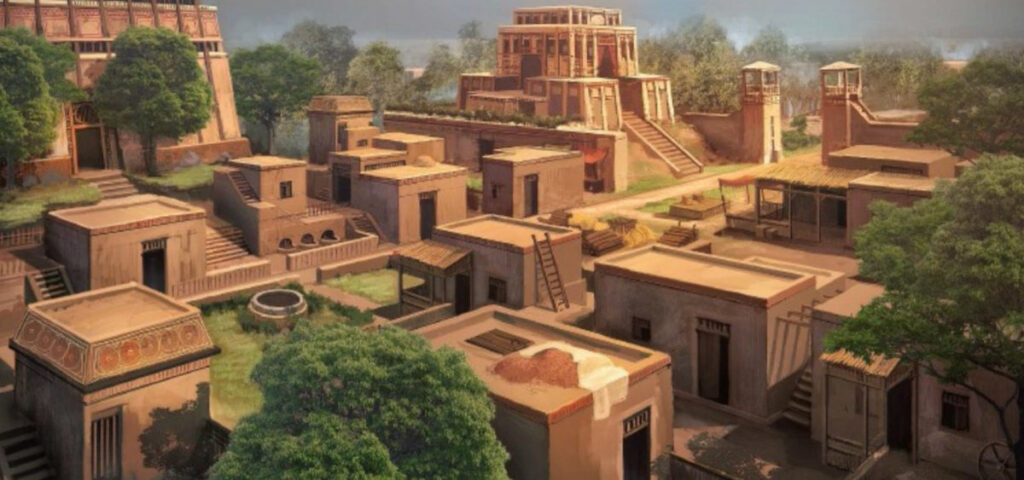The Indus Valley Civilization, also known as the Harappan Civilization, flourished around 2600 to 1900 BCE in what is now modern-day Pakistan and northwest India. It was one of the world’s earliest urban civilizations, with well-planned cities, advanced infrastructure, and a thriving economy. Despite its remarkable achievements, the Indus Valley Civilization remains shrouded in mystery, as much of its written language has yet to be deciphered. This case study aims to delve into the fascinating aspects of this ancient civilization and explore the enigmatic features that continue to captivate researchers and archaeologists.

Urban Planning and Architecture
The Indus Valley Civilization boasted meticulously planned cities that showcased an advanced understanding of urban design. Mohenjo-Daro and Harappa were the two most prominent cities, featuring an intricate grid-like street layout, sophisticated drainage systems, and multi-story brick houses. The standardized brick size and impressive structures, including granaries, public baths, and assembly halls, indicate a highly organized society with skilled architects and engineers.
Trade and Economy
The Indus Valley Civilization thrived on extensive trade networks, facilitated by its strategic location near major river systems. Archaeological evidence suggests that the civilization engaged in long-distance trade with regions as far as Mesopotamia, present-day Iran, and the Arabian Peninsula. The discovery of seals and artifacts bearing Indus script points to a system of commercial transactions and administrative record-keeping. The economy was likely based on agriculture, with evidence of well-irrigated fields and an array of crops, including wheat, barley, and cotton.
Social Organization and Culture
Though much remains unknown about the social structure of the Indus Valley Civilization, various clues offer insights into their way of life. The absence of monumental palaces and temples suggests a decentralized power structure. The discovery of burial sites and intricate burial practices implies the existence of a complex belief system. The iconic “Dancing Girl” bronze sculpture and intricate seals depict the artistic prowess and craftsmanship of the civilization. Additionally, evidence of a standardized system of weights and measures indicates a well-regulated society.
Script and Language
One of the greatest challenges in understanding the Indus Valley Civilization lies in deciphering their script, which remains undeciphered to this day. The presence of inscriptions on seals, pottery, and other artifacts indicates a form of written communication. However, the lack of a bilingual inscription or a known Rosetta Stone makes the task incredibly difficult. Deciphering the script would offer valuable insights into the civilization’s literature, governance, and daily life practices.
Decline and Legacy
The decline of the Indus Valley Civilization remains a subject of debate among scholars. Various theories propose factors such as environmental changes, economic shifts, or invasions as potential causes. Regardless of its decline, the legacy of the Indus Valley Civilization is undeniable. Its achievements in urban planning, advanced infrastructure, and long-distance trade serve as a testament to its ingenuity and contribute to our understanding of early human civilization.
Conclusion
The Indus Valley Civilization continues to intrigue and fascinate researchers and enthusiasts alike. Its well-planned cities, advanced infrastructure, and mysterious script leave us with numerous unanswered questions. The study of this ancient civilization not only sheds light on the development of human society but also emphasizes the need for ongoing archaeological research and exploration. As we continue to unravel the secrets of the Indus Valley Civilization, we gain a deeper appreciation for the complexity and diversity of our shared human heritage.
